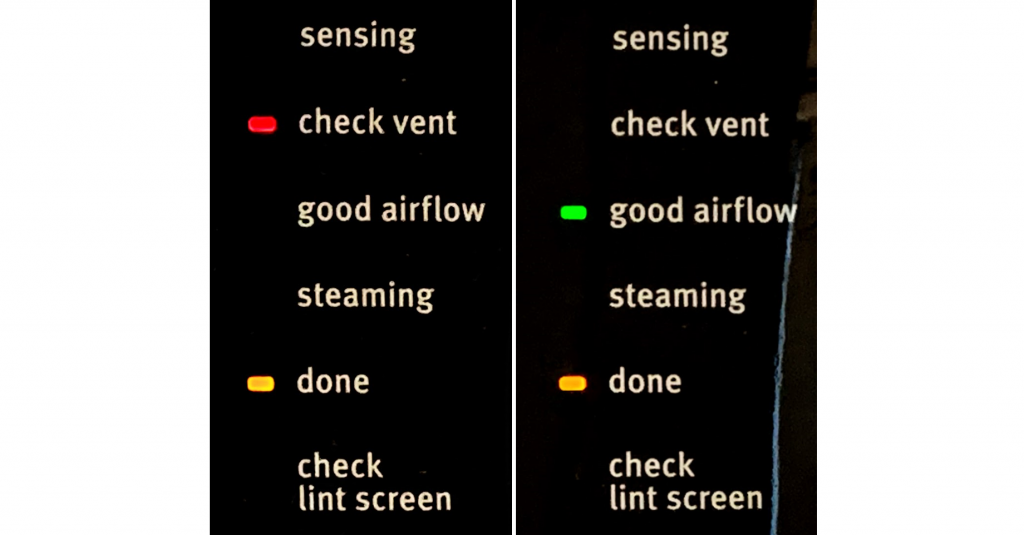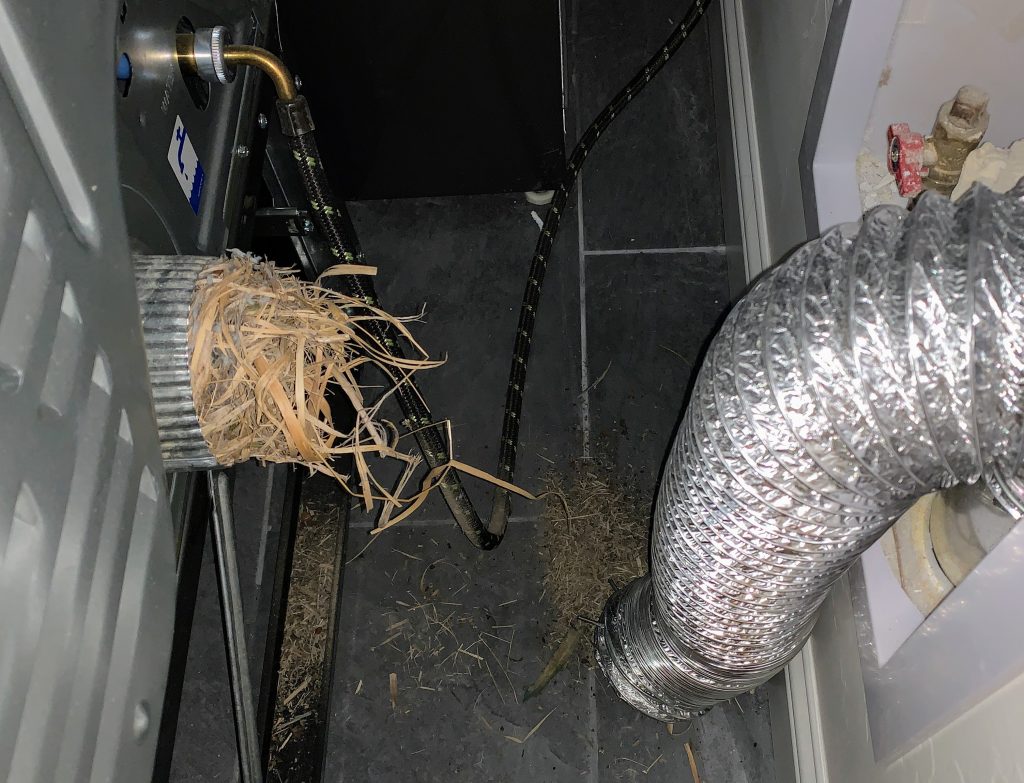If you don’t itemize deductions when filing your personal federal taxes then you get no tax benefit for charitable giving. But if you coordinate charitable donations with other taxpayers you can keep more money out of the hands of the government.
Important tax terminology: A “deduction” is an expenditure or loss that reduces the amount of income that is subject to tax. Individual taxpayers have the option of either listing (“itemizing”) and subtracting all allowed deductions when calculating and filing their taxes, or instead just subtracting a Standard Deduction. Itemized Deductions can’t reduce your tax bill unless they exceed your Standard Deduction. The Standard Deduction for tax year 2020 is $12,400.
The idea behind the Standard Deduction is that on average every taxpayer has some deductions. Correctly itemizing deductions – i.e., listing them out and ensuring they are valid and compliant with the tax code – can take a lot of work. In order to simplify tax compliance for the average taxpayer the tax code offers the Standard Deduction for free. Taxpayers who think they have more deductions than what is assumed by the Standard Deduction can choose to do the accounting work to claim those deductions.
When you claim Itemized Deductions you “lose” your Standard Deduction. This is only meaningful if you can shift deductions around. Shifting deductions is not something the tax code was designed for, but it can be done legally and it’s a big part of tax optimization.
Shifting as an individual (a.k.a. “bunching”)
If you claim the Standard Deduction then your Itemized Deductions have no tax value. For many taxpayers the biggest deductible expense – and often the only one that can be easily “shifted” – is Charitable Donations. In order to minimize taxes you should “bunch” donations into a single tax year in which you Itemize Deductions, and then claim the Standard Deduction the other years.
For example: Suppose you tithe $10,000 a year to your church, and you don’t have many other deductions. If you pay your tithing once per tax year you would get no tax benefit from your tithes because it doesn’t exceed the Standard Deduction of $12,400. But suppose you paid your 2019 tithing all on 1 January 2020, and then you paid your 2020 tithes on 31 December 2020 (instead of in January 2021). Now for tax year 2020 you have $20,000 in deductible donations (which is worth itemizing), and in 2021 you can claim the Standard Deduction.
In practice not so many individuals will find themselves able to profitably shift Itemized Deductions.
Shifting within groups
When coordinated within a group, shifting charitable donations can readily save a lot of taxes. Remember that as an individual claiming the Standard Deduction your donations have no tax value … to you. But if you know somebody who is Itemizing Deductions and you donate through them then your donation will reduce their tax bill!
How do you donate through someone else? Whatever you want to donate to a charity you “gift” to them, and then they donate it instead. (Shifting like this need only be a paper transaction: So long as they get the receipt they can claim the donation.) The tax code contains an annual gift exclusion – currently $15,000 per person. I.e., you can gift anyone up to $15,000 per year without triggering a gift tax. (The gift exclusion is per person, so you can give a couple up to $30,000 per year. This is relevant because spouses have to choose between the Itemized and Standard Deduction whether filing separately or jointly.)
For example, if everyone in your family gives $10,000 a year to your church, it could be that nobody is able to deduct the tithes. If everyone instead gives their tithes to one donor and that donor Itemizes Deductions, then the donor gets the full tax value of the donations and everyone else gets the full value of the Standard Deduction.
The tax benefits compound further if the donor is the group member with the highest marginal tax rate. For example, suppose you and your siblings live in states with no income tax and you only earn enough to put you in the 24% tax bracket. If you itemize and deduct everyone’s tithing then each $10,000 donation will save you 24% of $10,000, or $2,400 in taxes. But suppose your father lives in New York City: his marginal tax rate could be over 45%. If he donates and deducts $10,000 it saves him $4,500 in taxes!
What benefit do you get by shifting through someone else? There’s the principled argument, which is that big government is wasteful and does not spend money wisely, and it is therefore best to keep as much money out of the government’s hands as possible. (If you disagree, then you are welcome to pay more in taxes than required by law: Donations to the U.S. Treasury are tax deductible! But for all the big-government sanctimony out there the reality is that virtually nobody gives money to the government voluntarily.)
Then there’s the practical consideration: You could share the tax savings created by shifting. For example, if you gift your father $10,000; he donates it to your church; he saves $4,500 in taxes; he could gift that full $4,500 in savings back to you and be no worse off.

























